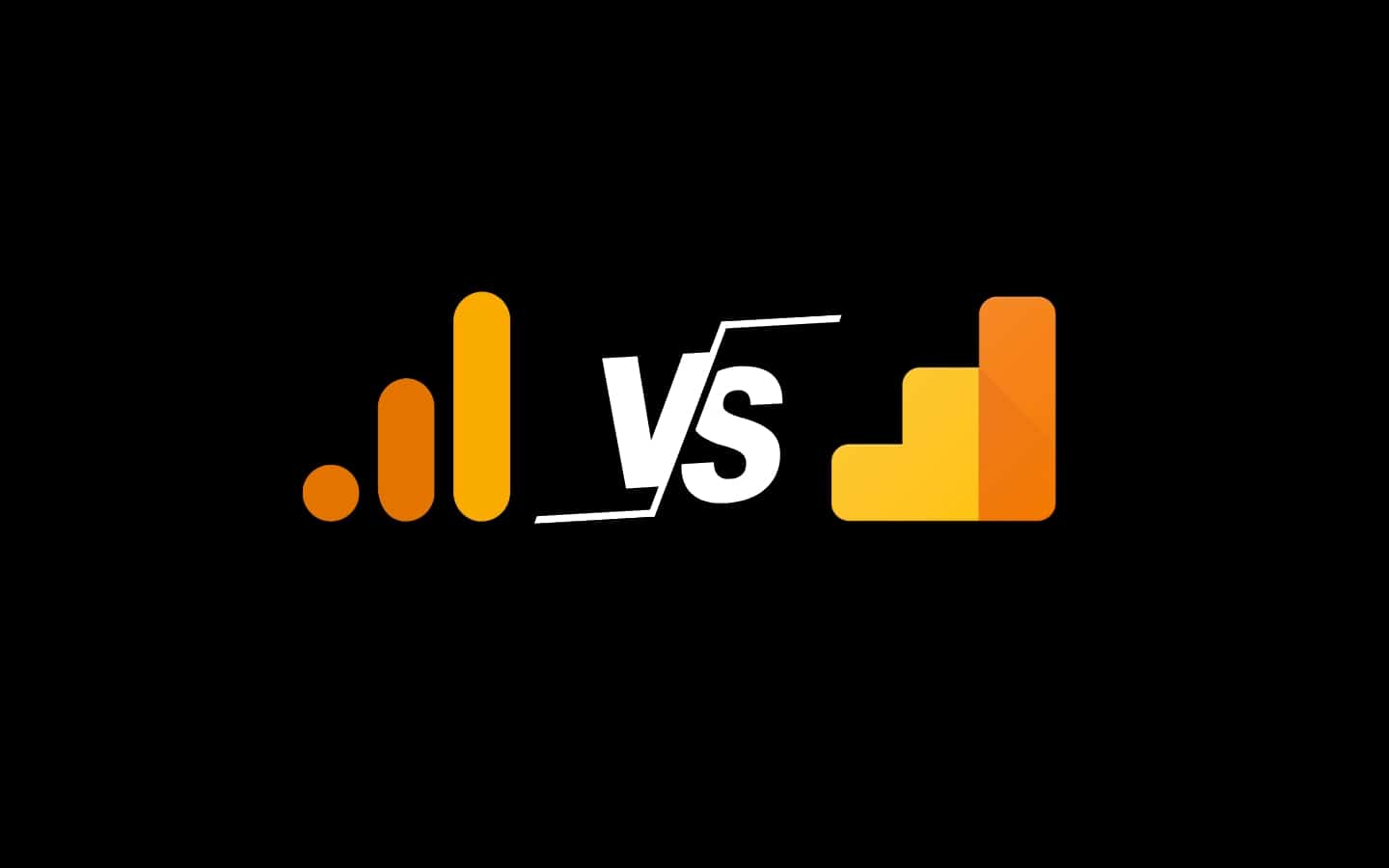Google sunsetted Universal Analytics in July 2023, it was a sad day for many marketers, saying goodbye to such a trusted and reliable reporting friend! UA offered a sense of familiarity, if a client raised a question, we knew exactly where to pinpoint the data.
However, we are determined to look forward and embrace the new reporting platform, named Google Analytics 4, GA4 for short. There are some key differences between the two, but most importantly GA4 comes with some impressive new features.
For many of our clients we set up and configured their new GA4 account back in Summer 2022, after the announcement that Universal Analytics would be sunsetted in Summer 2023. This meant that we could compare “apples for apples” rather than rely on creating year on year comparison reports between two (quite different) reporting sources.
Let’s jump into those new shiny features!
GA4’s New Features:
Event Tracking
The primary contrast between Universal Analytics and GA4 lies in their methods of data measurement and modelling.
In Universal Analytics, user engagements are recorded through page views, a method that proved somewhat efficient. However, this approach frequently resulted in incomplete data collection, as it failed to account for other interactions such as video views, clicks, and additional actions. Often events could be tracked however they had to be set up manually, which was time consuming and not always reliable.
In GA4, every interaction is categorised as an event, offering a significantly more adaptable approach to analysis and measurement through the provided reporting tools. These events are monitored autonomously from sessions and can be activated or deactivated as needed.
Website Tracking & Mobile Apps
One major improvement in the GA4 analytics system is how simple it is to collect data from both mobile apps and regular websites.
In the past, using Universal Analytics, you had to set up a whole separate “Property” to do this. But with GA4, you can do everything in one place. This means that if you own a website and a mobile app, you’ll have a much more detailed and complete view of how customers move around on both platforms. It’s like getting a bigger and clearer picture!
Machine Learning
A feature that’s generating a lot of excitement among users in Google Analytics 4 is the incorporation of machine learning. With GA4, machine learning comes into play to predict potential future actions of individual users.
The three predictive metrics are:
Purchase Probability
This is the probability that a user who was active in the last 28 days will log a specific conversion event within the next 7 days.
Churn Probability
The probability that a user who was active on your app or site within the last 7 days will not be active within the next 7 days.
Predicted Revenue
The revenue expected from all purchase conversions within the next 28 days from a user who was active in the last 28 days.
Cookies & IPs
Google has put in a lot of effort to ensure that GA4 respects your privacy. To achieve this, GA4 allows data collection without relying on third-party cookies or capturing IP addresses. The reliance on third party cookies to capture data in Universal Analytics did mean that some clients were seeing changes in their data, often not positive.
Instead, Google uses its own cookies (first-party cookies) and smart AI to complete any missing data. This approach helps GA4 follow important privacy regulations like GDPR.
Customised Reporting
GA4 allows users to change the arrangement of their neatly named “data cards’ by clicking on the customise report button. However if you are used to Universal Analytics then you may have a feeling that some reports are missing.
To make the transition between platforms as seamless as possible for all of our clients we have created customised reports which can be found in your Client Vault area. There is also a short guide that explains how these reports work and their key metrics.
Advanced Search
In Universal Analytics, you had the ability to search for a few things like reports and insights. For instance, if you typed “conversions” in the search bar, you’d get relevant conversion reports and the conversion insight tab. But this is nowhere near as impressive as the user-friendly search feature found in GA4.
In GA4, when you click in the search box, you’ll find your recent searches displayed. As you start typing a question, Google will offer suggestions for completed questions.
You can search for real questions, such as “how many more visits than last week?” and Google will directly provide you with the answer in the search bar. You can even search for queries that compare data ranges, like how the traffic differs between two time periods.
What is Missing from Universal Analytics?
GA4 introduces significant changes, including the removal of monthly hit restrictions that were present in Universal Analytics. Under Universal Analytics, website administrators were confined to 10 million hits per property, 500 hits per session, and 200,000 hits per user per day. However, these limitations have been completely eliminated in GA4.
Furthermore, the issue of spam referrals that carried over from Universal Analytics has been effectively tackled in GA4. The new platform combats spam by enforcing the requirement of a secret key for all Measurement Protocol hits, effectively filtering out spam referrals before they register within the system.
While transitioning to GA4, there are a few features that won’t be carried over. The ability to block IP addresses, create various data views, and establish filters for your hostname won’t be available.
Another noticeable change is the absence of bounce rates in reports. This shift is due to Google’s positive reporting approach, which focuses on engagement rate metrics instead. Instead of bounce rates, website administrators can now track engaged sessions. These are sessions that last for at least 10 seconds, include at least one conversion event, or have a minimum of 2 page views. In GA4, your site’s bounce rate is calculated as the percentage of sessions that don’t fall under the category of “engaged sessions”.
Final Thoughts
This article provides an insight into the distinctions between Universal Analytics and GA4. While there are notable disparities between the two, grasping the array of new features in GA4 might initially feel overwhelming. Yet, embarking on this learning journey is undeniably valuable.
The multitude of new features in GA4 might appear daunting, but they demonstrate the robust capabilities of this analytics tool.
For the majority of our clients, we made the switch back in Summer 2022, which in most cases has meant that we have captured a whole year’s worth of data within GA4 to compare against. Take a look at your Client Vault to find out more.


